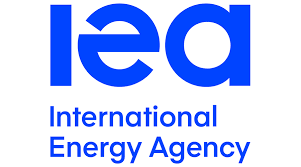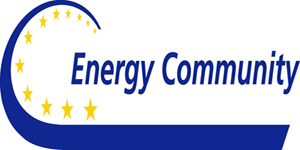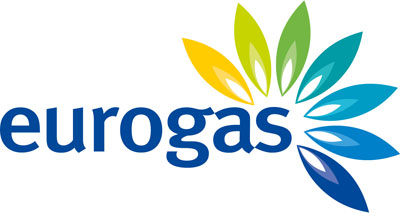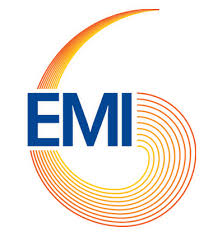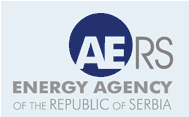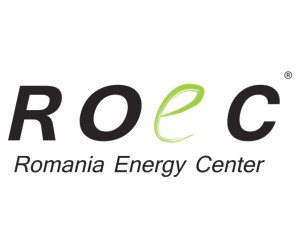Primary energy consumption in the EU in 2016 was 4 percent off the efficiency target set for 2020, Eurostat announced on Monday.
The statistical office of the EU said the union is committed to reducing energy consumption by 20 percent by 2020 compared to projections, also known as the 20 percent energy efficiency target.
"In other words, the EU has pledged to attaining a primary energy consumption of no more than 1,483 million tonnes of oil equivalent (Mtoe) and a final energy consumption of no more than 1,086 Mtoe in 2020," the Eurostat office explained.
Primary energy consumption in the EU in 2016 was 4 percent off the efficiency target, it noted, adding that, however, consumption reduced by 1.7 percent since 1990, the first year in which data was made available.
Nonetheless, over the years, the closeness to the primary energy consumption target has fluctuated greatly, the office said.
"The biggest divergence from the target was in 2006 with 16.2 percent, a consumption level of 1,723 Mtoe, while a record low was reached in 2014 at 1.7 percent, or 1,509 Mtoe," it explained.
Over the last two years, the gap rose again to 4 percent off the 2020 target, equating to the consumption of 1,543 Mtoe in 2016, it said.
- Final energy consumption
In 2016, final energy consumption in the EU was 1,108 Mtoe, 2 percent off the efficiency target, Eurostat also announced.
Final energy consumption in the EU increased by 2.1 percent between 1990 with 1,085 Mtoe , and in 2016 with 1,108 Mtoe, while the lowest level of final energy consumption was recorded in 2014 at 1,063 Mtoe, 2.1 percent below the target. The highest was in 2006 with 1,194 Mtoe, or 10 percent off the target.
In 2015, the EU met its efficiency target of 1,086 Mtoe, but in 2016 consumption rose again to 2 percent beyond its goal.
- Two members states show consumption growth in 2016
Eurostat also said growth in energy consumption was recorded in only two member states between 2006 and 2016: Estonia with a 13.4 percent increase to 6.2 Mtoe and Poland with a 3.2 percent rise to 99.9 Mtoe in 2016.
Greece, Malta and Romania were among the 26 member states where energy consumption decreased by 23.6 percent, 22.5 percent and 20.2 percent, respectively.
(Anadolu Agency)


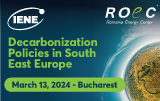

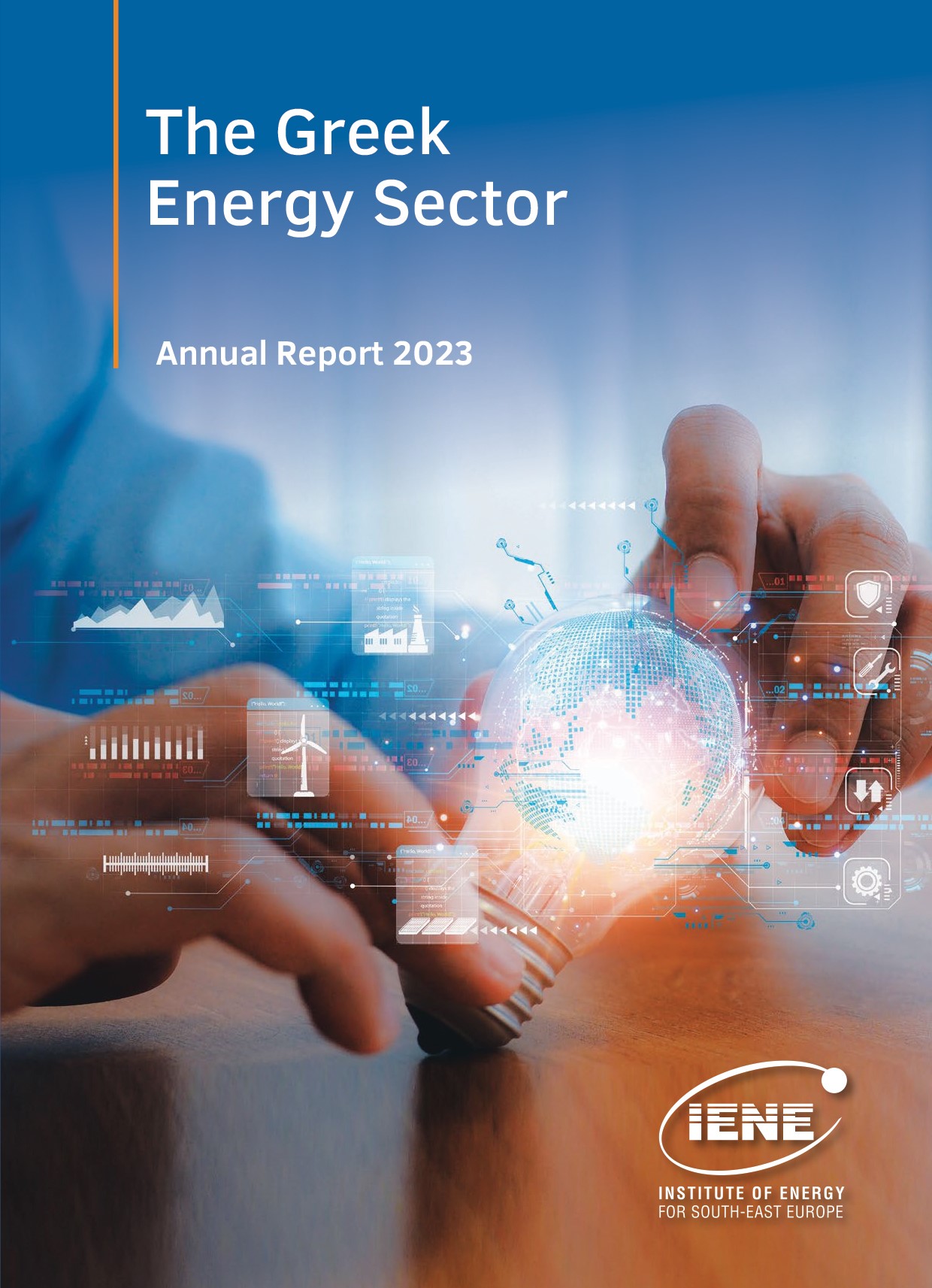
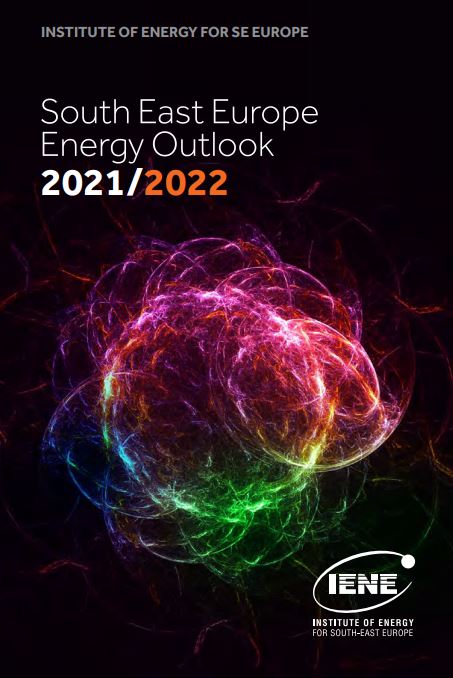
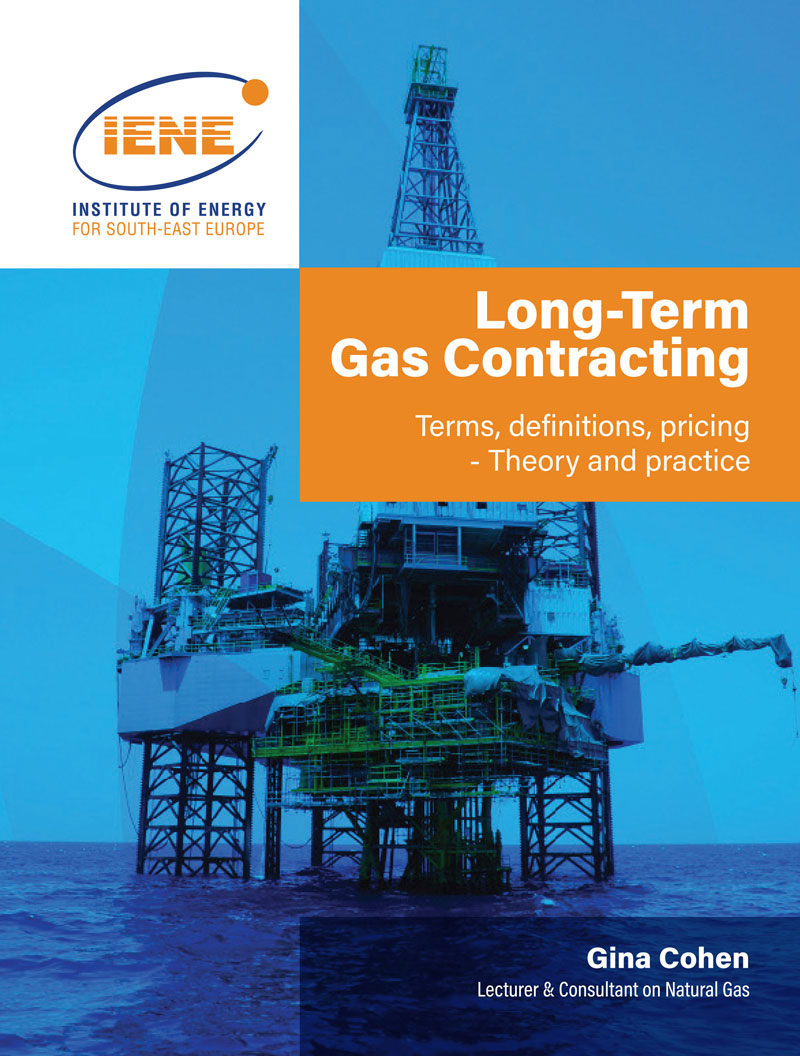 More
More
